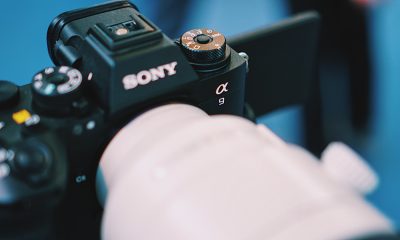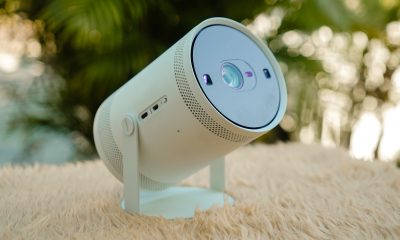Cameras
The Sony A7S III is a low light video beast
And then some
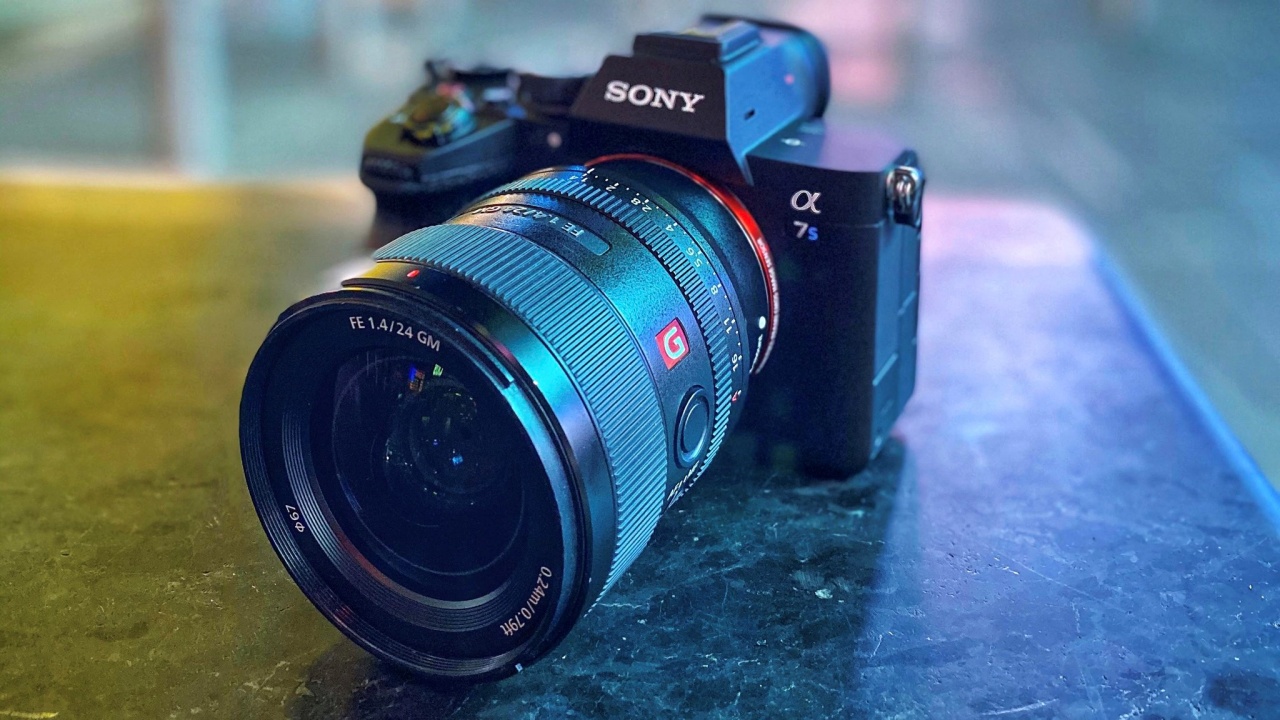
Finally! After years of waiting, we now have the successor to Sony’s video-centric mirrorless camera — the Sony A7S III.
It’s been six years since the release of the Sony A7S II, and its successor carries on the many features that made it an absolute must-have for videographers both amateur and professional.
Taking professional video further
The A7S III offers in-camera 4K recording up to 120 frames per second(1), 10-bit depth and 4:2:2 color sampling. It has a more flexible and efficient post-production workflow with a variety of advanced movie recording modes such as All-Intra and MPEG-H HEVC/H.265 coding (XAVC HS).
If you’re worried about a mutli-cam production, the Sony Alpha team has taken that into account as well. It has three color gamut settings S-Gamut, S-Gamut3, and S-Gamut3.Cine that make it easy to match with footage shot with other cameras.
Footage taken with the camera is also ready to go as is. The S-Log3 gamma curves as well as support for HLG (Hybrid Log-Gamma) picture profile produces footage with a minimal need for post-production.
The A7S III also allows up to 4K 60p 16-bit RAW output to an external recorder via HDMI Type-A connector, offering additional post-production flexibility.
BIONZ XR for better image quality
The A7S III is equipped with the new CMOS image sensor and BIONZ XR image processing engine. This all in the service of producing that legendary S-Series sensitivity with significantly enhanced color reproduction and texture renderings for improved overall image quality.
The base ISO has been lowered to 80, resulting in a normal range of 80-102,400 (expandable to 80-409,600 for video and 40-409,600 for stills). This provides more flexible ISO plus wide dynamic range with low noise at all settings.
It also improves AWB (Auto White Balance) performance with a new “Visible light + IR Sensor” that helps to achieve more precise white balance under artificial lighting.
Advanced AutoFocus
AutoFocus (AF) has been one of the features that Sony just has been absolutely good at and that carries over to the A7S III. It offers Fast Hybrid AF by combining phase-detection and contrast-detection AF.
This means it can track subjects over a wide area with outstanding speed, precision and smoothness, even when using a narrow depth of field. This is further enhanced by Sony’s e-mount lenses capable of Fine focus expression.
For environments with a lot of movement, Real-time Tracking and Real-time Eye AF are available to maintain constant focus on the intended subject.
Sony’s advanced Real-time Eye AF improves detection performance by 30% over the previous system. It ensures accurate, reliable detection, even when the subject’s face looks away.
The A7S III is now touch screen so real-time tracking can be done in that manner. Real-time Eye AF is automatically initiated when an eye is detected.
The camera includes several AF features for professional users including AF Transition Speed in seven settings. It has rack-focus transitions and five AF Subject Shift Sensitivity settings to customize how easily AF will switch or stay with the locked-on subject.
It’s now also possible to Touch Focus during manual focus mode on the LCD screen or remotely from the Imaging Edge Mobile application.
Better cooling implemented
Naturally, this much power will generate plenty of heat. The A7S III’s design takes this into consideration.
A newly developed unique heat dissipating structure keeps the image sensor and image processing engine temperatures within their normal operating ranges. This keeps things cool even during extended continuous recording sessions at 4K 60p 10-bit 4:2:2 video lasting an hour or more.
The new heat-dissipating structure requires no fan or cabinet vents allowing Alpha 7S III to maintain dust and moisture resistance.
Maximum stability
A camera built video can’t be without proper stabilization.The Sony A7S III is the first Alpha series camera to include Active Mode with 5-axis optical in-body image stabilization to support especially difficult handheld movie shooting.
It’s the first Alpha series E-mount body to feature a side-opening vari-angle rear screen. It’s perfect for gimbal-mounted shots, complicated angles, handheld operation and more.
The screen rotates sideways, up and down, and features a 3.0 type 1.44 million-dot (approx.) touch panel LCD monitor, for optimal visibility even in bright outdoor environments. FINALLY.
Not a slouch in photography
Just because it’s video-focused, doesn’t mean it neglected still images. The A7S III has a fast Hybrid AF system with 759 phase-detection AF points covering 92% of the image sensor.
Users can continuously shoot more than 1,000 uncompressed RAW images at up to 10fps, or up to 8fps in live view mode, with either the mechanical or electronic shutter.
High speed transfer, redesigned menu
The A7S III features two CFexpress Type A compatible media slots. These support UHS-I and UHS-II SDXC/SDHC cards for high write-and-read speeds while keeping the camera body compact.
CFexpress Type A cards are ideally suited to high-speed continuous RAW still image shooting as well as 4K 120pi movie recording at high bit rates.
High-speed data transfer to a PC is possible at about 1.7 times faster than that of SD card. The dual slots can be set to relay mode for extended continuous recording of even the highest bit rate data as well as simultaneous recording and sort by format type recording.
The menu system, which some have noted to be somewhat of a black hole, has been redesigned for easier navigation. Switching to video mode automatically prioritizes video settings. Same is true for the various photo modes.
Pricing and Availability
The new Sony A7S III Full-frame Interchangeable Lens Camera will be available in September 2020 for approximately US$3,499.99. It will be sold at a variety of Sony’s authorized dealers throughout North America.
In Singapore and the Philippines, it will be available in October 2020. Pricing will be announced soon.

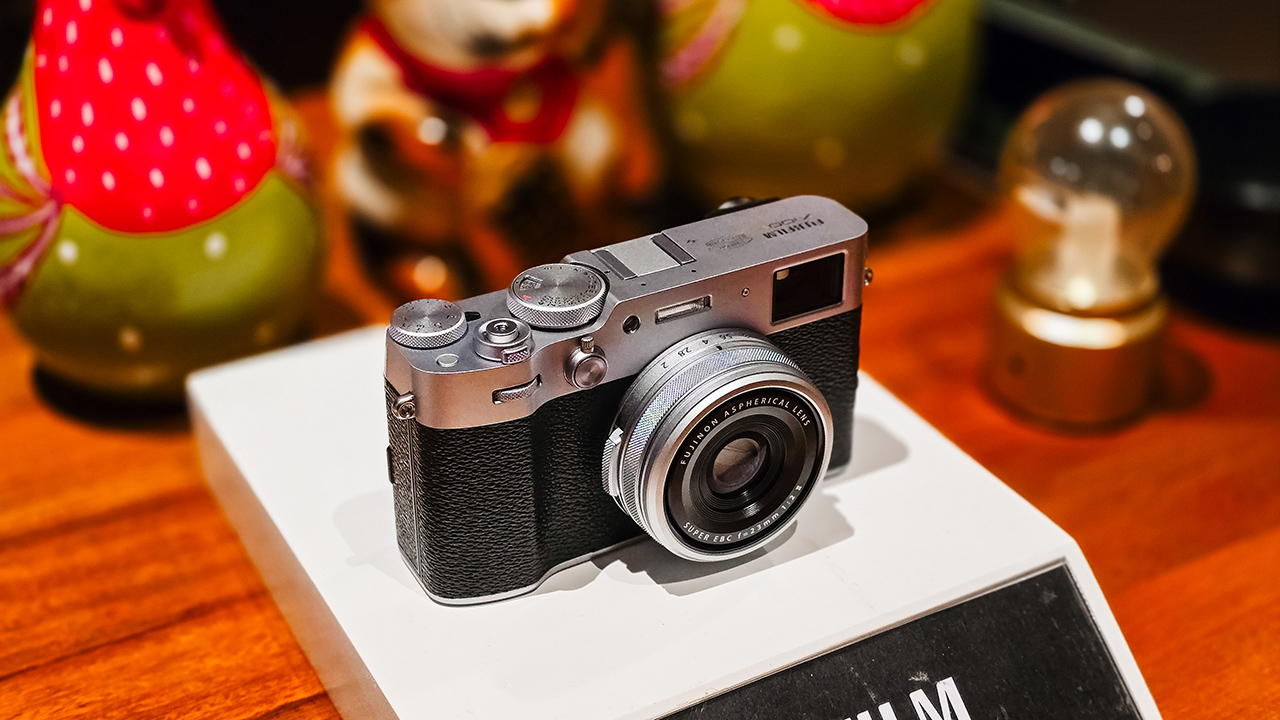
The highly-anticipated Fujifilm X100VI will make its Philippine debut at the FUJIKINA MNL 2024 Camera Fest in Bonifacio High Street, Taguig City. The event is free and open to the public and will be held from April 27 to 28. To register, click this link: FUJIKINA MNL
Celebrity Khalil Ramos will grace the local launch of the Fujifilm X100VI on the second day. Announced a few months ago, the X100VI uses a new 40.2MP X-Trans CMOS 5 HR sensor and is powered by an X-Processor 5 engine. These work together to allow more light absorption. The brand’s latest X100 series offering also features in-body image stabilization for the first time in the series. Moreover, the camera can film up to 6.2K at 30fps.
ALSO READ: Fujifilm announces X100VI, limited-edition model
Aside from the X100VI’s release, FUJIKINA 2024 also allows visitors to engage in various activities. First, there’s the Photo Walk event that lets enthusiasts explore Bonifacio High Street at night and capture its vibrant atmosphere. Participants may event get the chance to win a Fujifilm X-T30 II with their best shots.
Next, Fujifilm’s X-Series and GFX cameras will also be on display, free for passersby to test and feel. There are also three shooting studios for guests to capture memories: the Selfie & Pet, Travel, and Smile studios. And for regular Fujifilm camera users, the event will also offer free servicing.
Furthermore, there are two major photo exhibits throughout High Street, showcasing the best images from the Fujifilm community. Lastly, Fujifilm users may also pre-register for an exclusive XPPH Night here.
You may check the full schedule below.
April 27 – Amphitheater
10:00 a.m. onwards:
- Touch and Try
- Express Service
- XPPH Print Market
4:00 p.m. to 6:00 p.m.:
- Opening program
- Workshops
7:00 p.m. onwards:
- Photo Walk
- Contest
April 28 – Amphitheater
10:00 a.m. onwards:
- Touch and Try
- Express Service
- XPPH Print Market
4:00 p.m. to 6:00 p.m.:
- X100VI launch
7:00 p.m. onwards:
- XPPH Night
April 27 and 28 – C1 Park
10:00 a.m. onwards:
- Fujifilm Interactive Studios (Portrait & Pet, Wanderlust, Project Smile)
- Film Simulation Exhibit
April 27 and 28 – South Street
10:00 a.m. onwards:
- Nationwide Photo and Video Walk 2023 Exhibit
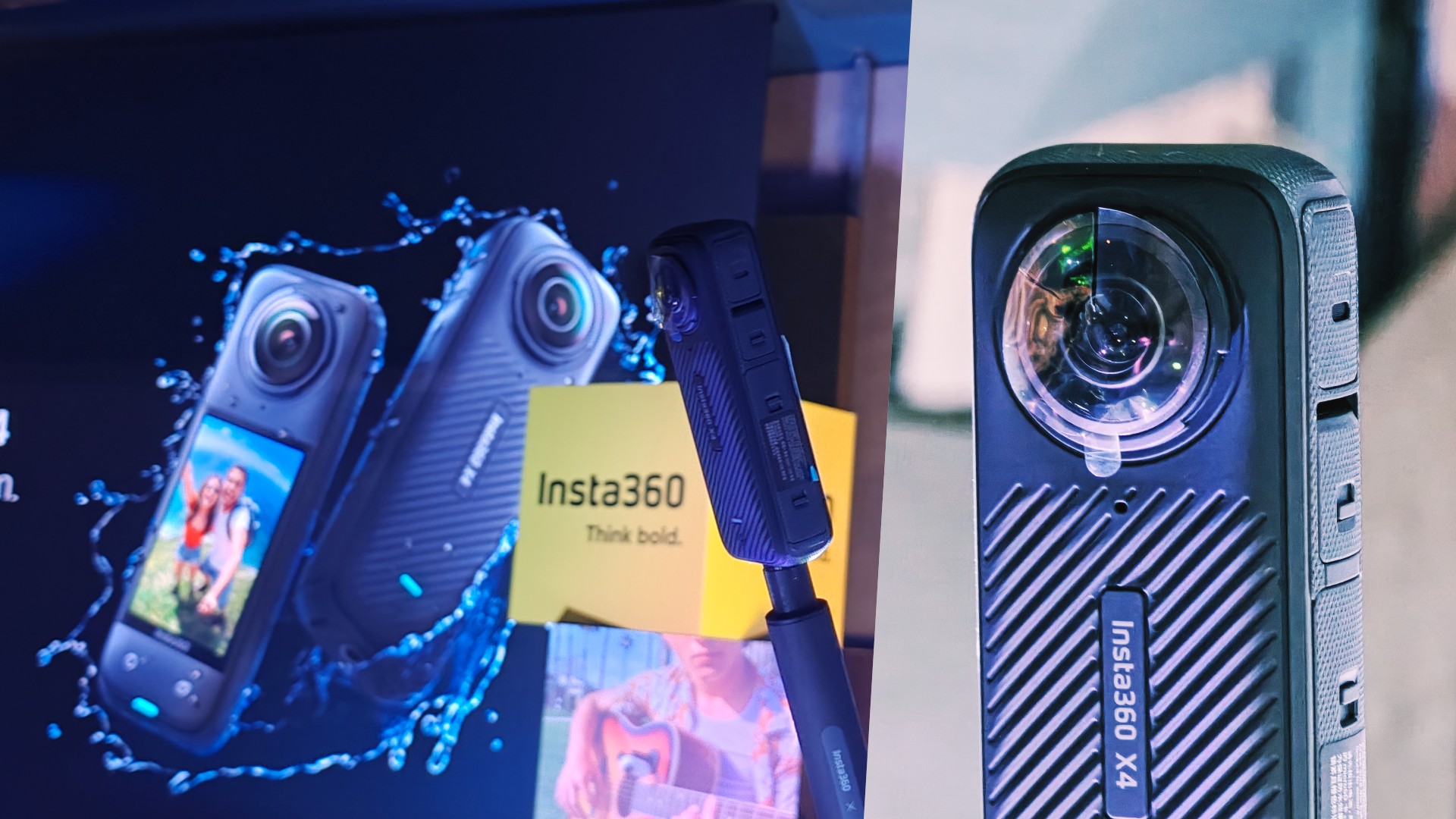
Insta360 is redefining what action cameras are capable of with the introduction of the Insta360 X4. Insta360’s latest offering allows users to film 8K resolution 360-degree videos. In addition, it can record slow-motion 4K videos at up to 120fps.
As expected, the X4 retains Insta360’s “shoot first, point later” ability and invisible selfie stick effect. Moreover, it doubles as a traditional action camera with “flat” captures in Single-Lens mode at up to 4K at 60fps.
The Insta360 X4 is available for US$ 499.99/ PhP 30,990 on the official Insta360 store, Amazon, and other retailers.
Incredible third-person views at 8K
The 8K at 30fps resolution is the highest setting for a 360-degree action camera yet. With such high resolution, users can expect detailed and sharp videos even after reframing, or choosing which specific angle to include in the capture.
For slow-motion, users can now film 4K videos at 100fps for cinematic shots slowed down four times. Furthermore, the highest resolution for a 60fps 360-degree video is upgraded to 5.7K. You may also use the X4 to take stills, as it is capable of 72MP 360-degree photos.
Two cameras in one
Aside from its default 360-degree capturing mode, users may utilize the Insta360 X4 as a regular wide-angle camera. They may shoot a first-person POV video with Single-Lens mode from a chest-mounted position. “Regular” means not having the fish eye-looking effect from the 360-degree mode and having ordinary, flat-looking images instead.
Under the Single-Lens mode, users will be able to record 4K videos at 60fps with an ultra-wide 170-degree field of view. This can be upgraded even more with MaxView while retaining 4K resolution at 30fps. Meanwhile, Me Mode, which erases the selfie stick, can film 4K at up to 120fps.
There are also upgrades on the X4’s creative shooting modes. Bullet Time can now shoot slow-mos at 5.7K at 120fps, or even 3K at an astounding 240fps. Hyperlapse videos, meanwhile, can be recorded in 8K quality.
Action specialist
A 5nm AI chip powers the Insta360 X4, along with a smart control system with Voice and Gesture Control features, and a host of AI-powered shooting and editing features.
The action camera comes with a 2.5-inch Corning Gorila Glass touchscreen for on-the-go use. Users may adjust the settings or choose the desired mode more easily.
The X4’s 2,290mAh battery allows for up to a 135-minute run time (at 5.7K@30fps). This is an impressive 67% longer battery life than its predecessor, the X3.
Moreover, the device is waterproof at up to 164 feet for diving, and cold-weather resistant at up to -20 degrees Celsius.
AI-powered editing
The X4 also harnesses the power of AI. Using the Insta360 app, users may simply move their phone or use the virtual joystick to point the camera. AI Edit, on the other hand, lets Insta360’s entire algorithm do the work for the reframing process. This improved algorithm has better subject detection, helping users save time. Users may also get creative with Shot Lab and Motion ND filters.
Cameras
Fujifilm announces X100VI, limited-edition model
The first X100 camera with in-body image stabilization
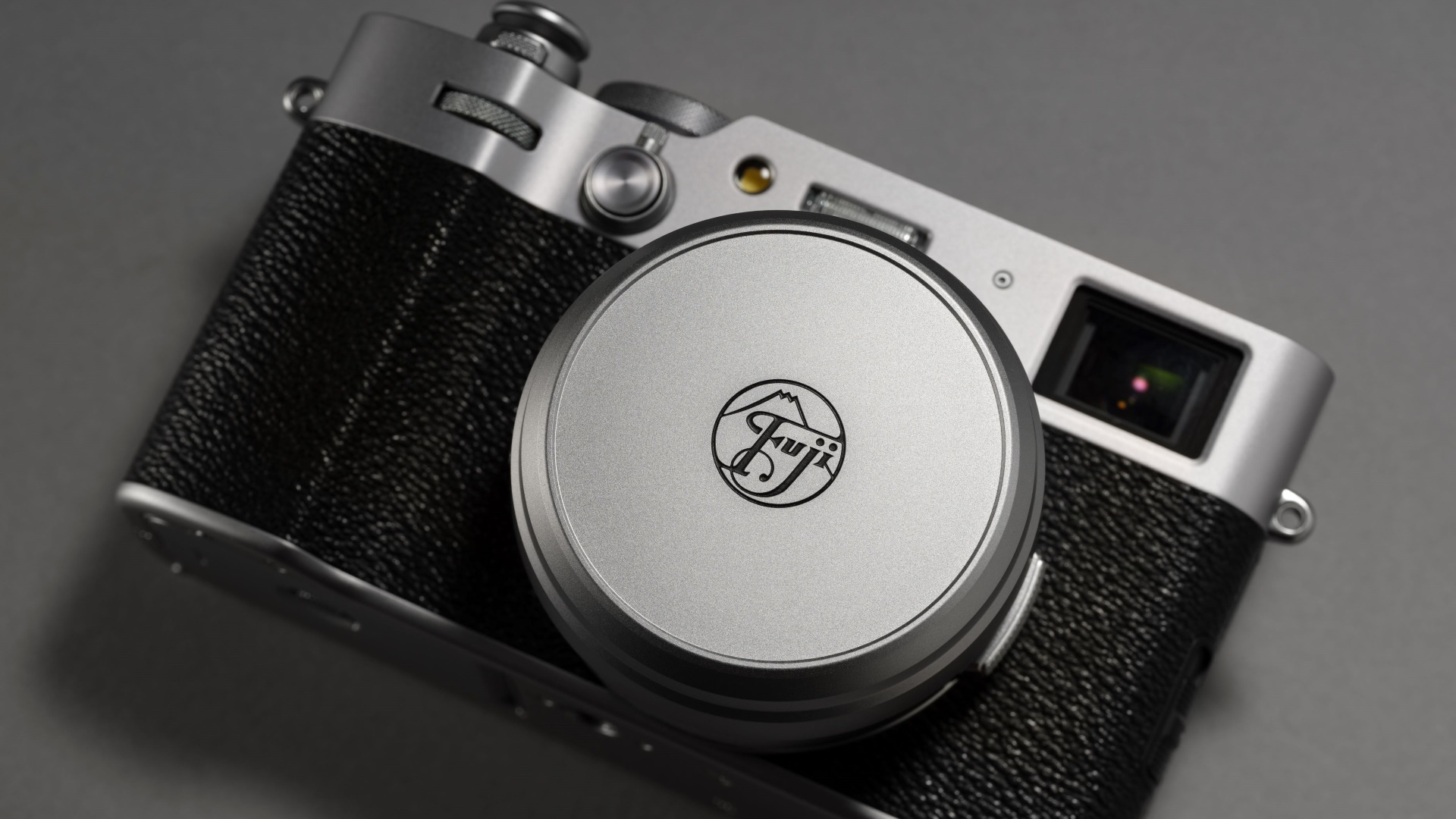
Fujifilm has launched its latest compact digital camera: The Fujifilm X100VI. The sixth generation model introduces a handful of firsts for an X100 series camera.
The X100VI boasts of a new 40.2MP X-Trans CMOS 5 HR sensor and is powered by an X-Processor 5 engine. These work together to allow more light than any prior X100 camera.
For the first time, the camera offers in-body image stabilization with up to 6.0 stops. Filming at up to 6.2K 30p has also been made possible.
High performance
In addition to more light absorption, the X100VI features ISO 125, which was only available as an extension in previous models. Its tracking AF function also ensures high-quality content especially for filming.
The camera comes with 20 film simulation modes, including the new “REALA ACE” mode for a diverse range of distinctive tones. This particular mode offers faithful color reproduction and high-contrast tonality which is suitable for various subjects and situations.
Moreover, the X100VI supports Frame.io Camera to Cloud without the need for additional accessories. Users will only need to wirelessly connect to the internet to automatically upload photos and videos. This speeds up the process from shooting to final editing.
Better operability
The X100VI also has an “Advanced Hybrid Viewfinder” function. With this, users will be able to switch between the optical (OVF) and electronic (EVF) viewfinders. The EVF itself is equipped with a high-resolution OLED panel with about 3.69 million dots.
Meanwhile, the “Electronic Range Finder” (ERF) allows a small EVF to be simultaneously displayed on the OVF. This permits the photographer to capture the subject in the OVF while magnifying the in-focus area in the small EVF.
Functional design
The Fujifilm X100VI retains the compact and lightweight look of its previous iterations. As with its predecessors, the latest model’s body uses aluminum for the top and bottom surfaces.
It has also adopted the X100V’s ultra-thin tilt LCD monitor design. The shape of the grip, on the other hand, has been fine-tuned to ensure a better feel. The positions of the buttons on the back have also been moved.
Limited edition X100VI
In addition to its release, a limited edition X100VI model will be made available to celebrate Fujifilm’s 90th anniversary. Only 1,934 units of the limited edition model will be available worldwide.
These numbered X100VI units are packaged in a special box that includes a special strap, soft release button, and history cards.
The camera body is engraved with the founding logo in 1934, along with a unique serial number.
In the Philippines, The Limited edition X100VI will retail for PhP 130,990. Meanwhile, the standard edition is priced at PhP 103,990.
-

 Reviews7 days ago
Reviews7 days agorealme 12 5G review: It was enchanting to meet you
-

 Buyer's Guide2 weeks ago
Buyer's Guide2 weeks ago2024 Samsung TV: Buyer’s Guide
-

 Reviews2 weeks ago
Reviews2 weeks agoJBL Soundgear Sense review: Make every run magical
-
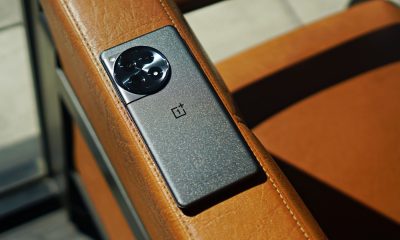
 Reviews3 days ago
Reviews3 days agoOnePlus 12R review: Making sense of OnePlus’ latest flagship
-

 Smartphones2 days ago
Smartphones2 days agoHuawei Pura 70 Pro Unboxing and First Impressions
-

 Reviews2 weeks ago
Reviews2 weeks agoChallengers review: A thrilling drama wrapped as a tennis anime
-

 News1 week ago
News1 week agoXiaomi Redmi A3 Philippine pricing, availability
-
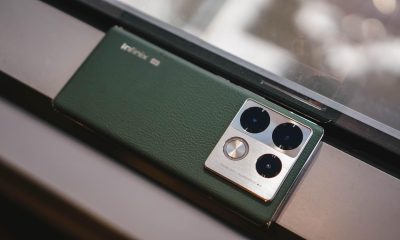
 Smartphones1 week ago
Smartphones1 week agoInfinix NOTE 40 Pro+ 5G: Philippine pricing, availability




